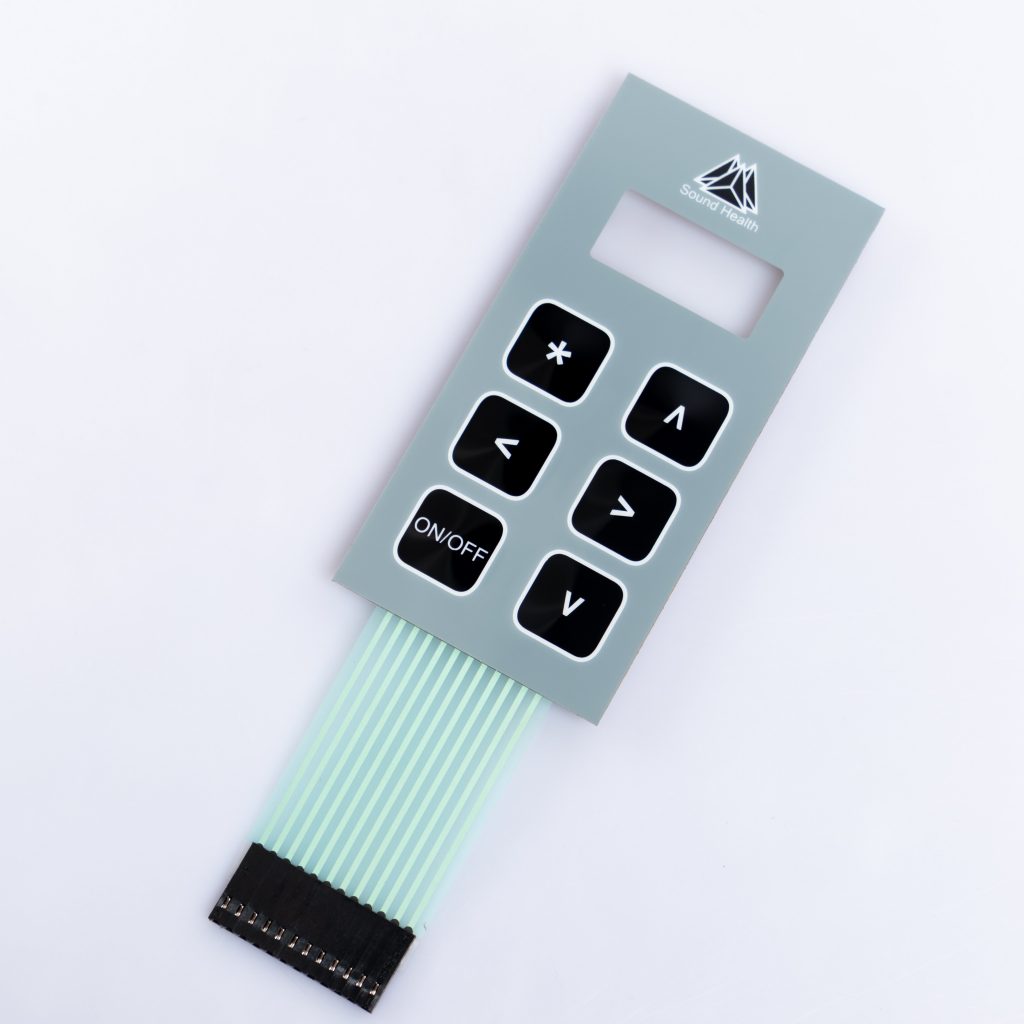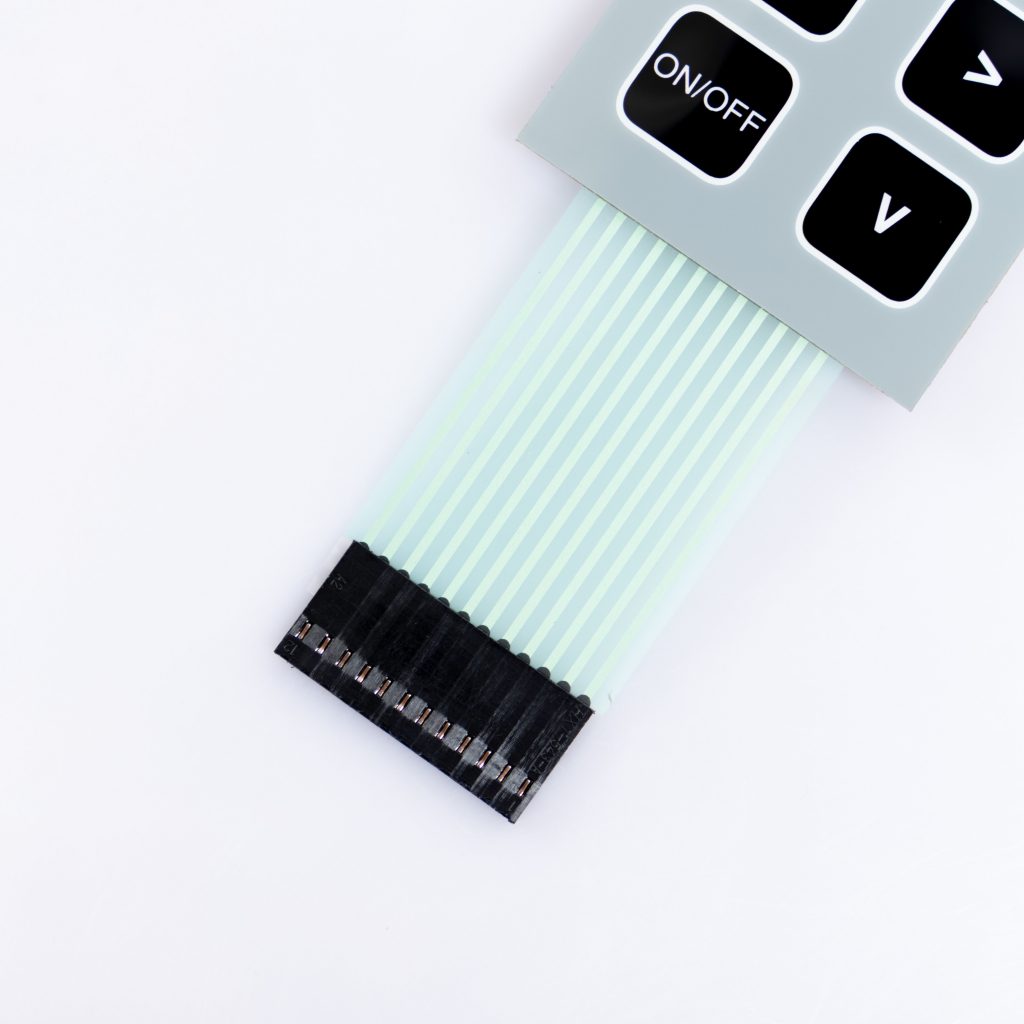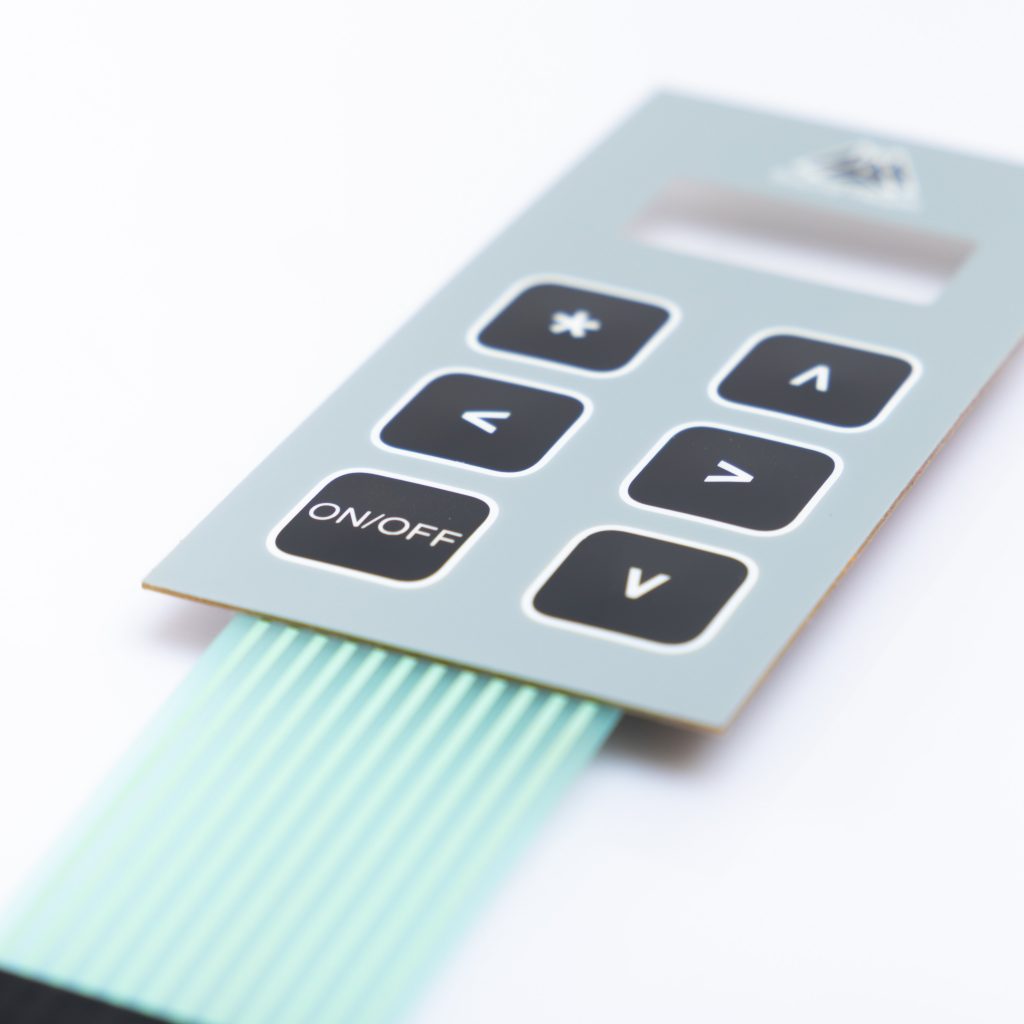In today’s technological landscape, non-tactile switch membrane switches are widely used in a variety of applications. These switches offer a convenient way to interact with electronic devices. However, ensuring the longevity and durability of these switches requires careful consideration of materials and structural design, especially when specific environmental conditions or use cases are involved. In this article, we’ll explore some advanced strategies to protect and enhance the performance of non-tactile switch membrane switches, taking into account different materials and structural considerations.
Choosing the Right Materials
1. Scratch-Resistant Materials for Products with Windows
- For devices with exposed switches or windows, it’s advisable to choose materials like EBG (Electron Beam Cured Graphics) or hardened PC (Polycarbonate). These materials are scratch-resistant, ensuring that even frequent cleaning won’t harm the product’s appearance or functionality.
2. UV-Resistant Materials for Outdoor Use
- Outdoor devices are exposed to harsh UV rays, which can degrade materials over time. Consider using materials like XE (Cross-Linked Ethylene) or UV-resistant PC or silicone to prevent UV damage in outdoor applications.
3. Antimicrobial Materials for Medical Devices
- In medical equipment, hygiene is paramount. Opt for antimicrobial materials that inhibit the growth of bacteria and microorganisms, ensuring a sterile environment for sensitive medical devices.
Structural Design Considerations
1. Waterproofing Solutions
- When waterproofing is a requirement, consider incorporating waterproof structures or gaskets. These additions can protect the switches from moisture and ensure their functionality in wet conditions.
2. Avoiding Silver Migration in High-Humidity Environments
- High humidity environments can lead to silver migration, affecting switch performance. To mitigate this, choose between FPC (Flexible Printed Circuit) or PCB (Printed Circuit Board) solutions, depending on the specific requirements of the application.
3. Extreme Temperature Resistance
- Devices operating in extreme temperature ranges from -20°C to 80°C demand robust solutions. Consider using 3M adhesive tape instead of conventional DT (Double-Tape) adhesive for enhanced durability and adhesion in such conditions.
By carefully selecting materials and incorporating the right structural design elements, you can significantly enhance the durability and performance of non-tactile switch membrane switches across various applications. These considerations will help ensure that your electronic devices remain reliable and functional, even in challenging environments.
Conclusion
In conclusion, safeguarding non-tactile switch membrane switches from damage and environmental factors is crucial to extend the lifespan of electronic devices. By choosing appropriate materials and structurally sound designs tailored to your specific application, you can enjoy long-lasting performance and reliability. Remember that investing in the right materials and design upfront can save you time and money on repairs and replacements down the line.
FAQs
1. Can I use any scratch-resistant material for products with windows?
- It’s recommended to consult with material suppliers or manufacturers to determine the best scratch-resistant material suitable for your specific product requirements.
2. How can I ensure UV resistance for outdoor devices?
- UV-resistant materials like XE, UV-resistant PC, or silicone can provide protection against UV damage. Consult with material experts for the most suitable choice.
3. Are there standard antimicrobial materials available for medical devices?
- Yes, there are various antimicrobial materials designed for medical applications. It’s essential to choose a material that complies with medical industry standards.
4. What is the difference between FPC and PCB solutions for humidity resistance?
- FPC (Flexible Printed Circuit) and PCB (Printed Circuit Board) solutions offer different levels of humidity resistance. FPCs are more flexible and can be sealed better, making them a suitable choice for high-humidity environments. PCBs are rigid and may require additional sealing.
5. Why is 3M adhesive tape recommended for extreme temperature conditions?
- 3M adhesive tape provides superior adhesion and resistance to temperature extremes, making it an excellent choice for devices that operate in challenging temperature ranges.


